151 CD / Johannes Brahms: Klaviertrios Vol. IV
Description
Are there really that many piano trios by Brahms? There are indeed, even though one work on this CD could not prove this. - The Abegg Trio now present their fourth CD with works by Johannes Brahms! And once more, as with Volume III, Gerrit Zitterbart, Ulrich Beetz and Birgit Erichson played historical instruments, and gut strings were used. Martin Spangenberg plays a copy of a clarinet by Richard Mühlfeld, who inspired Brahms’ later clarinet works. - The recording was made in a small church near Vienna. The Abegg Trio never fail to astound us with their timelessly modern, unsentimental, accurate, thorough and yet truly sensitive interpretation of the score.
7 reviews for 151 CD / Johannes Brahms: Klaviertrios Vol. IV
You must be logged in to post a review.

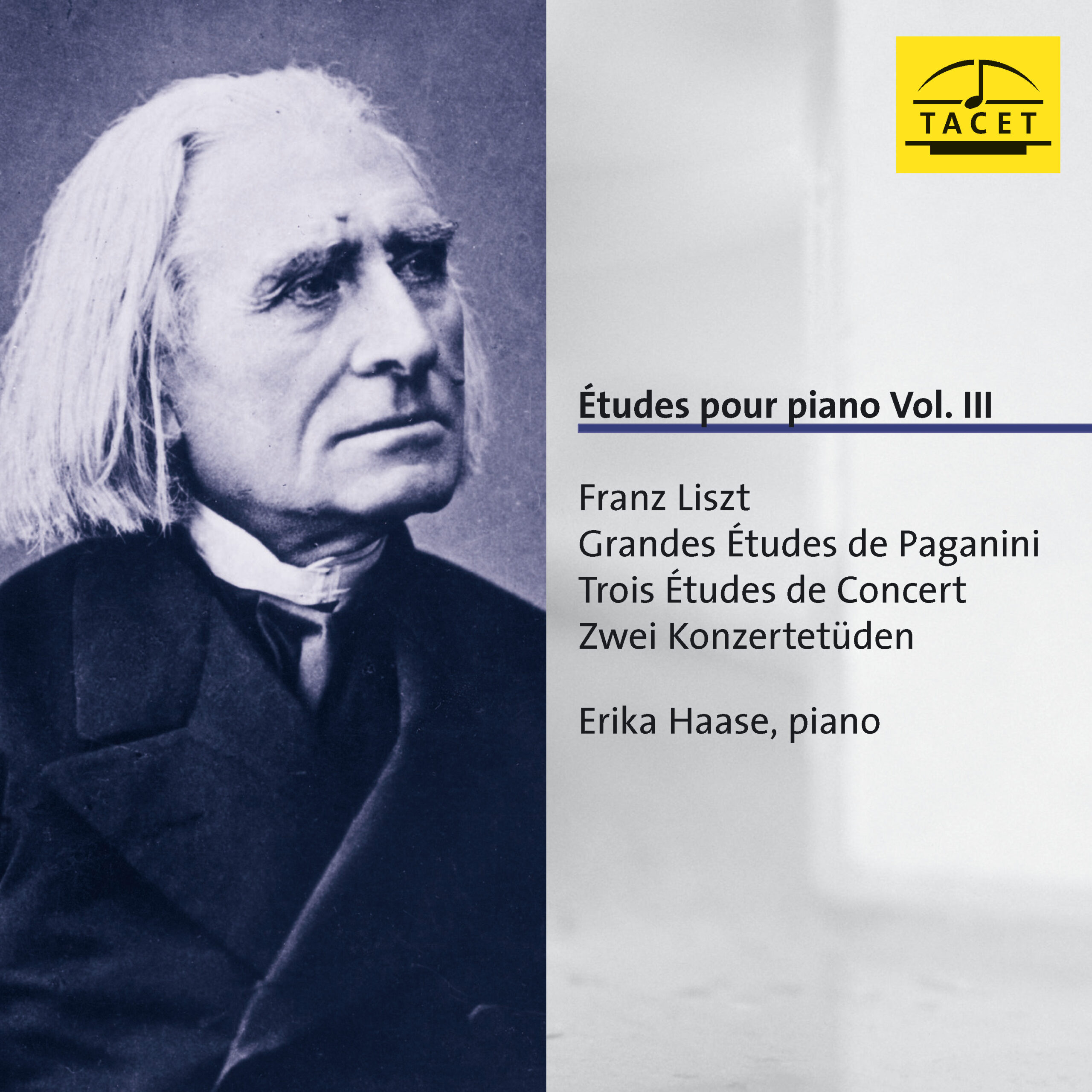


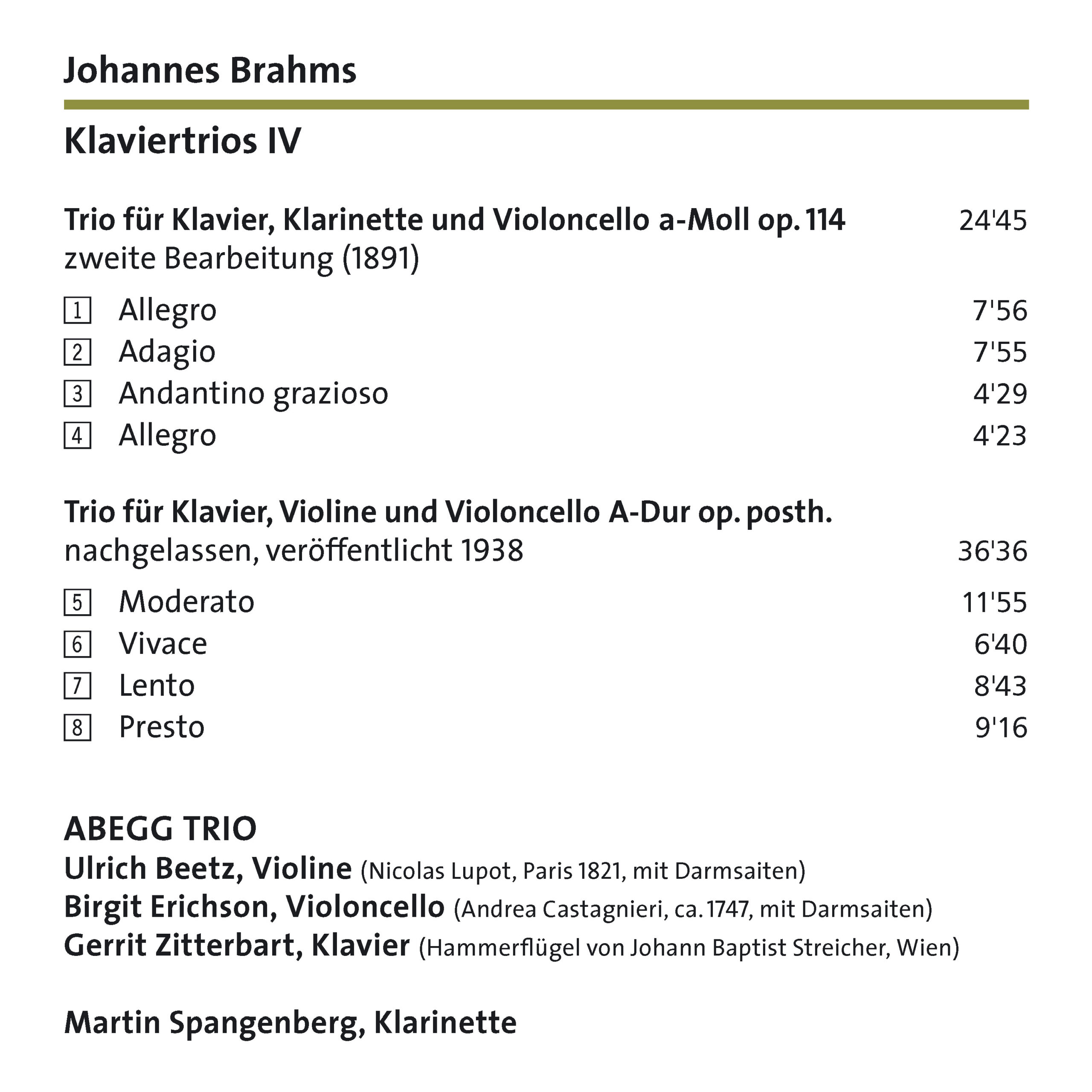

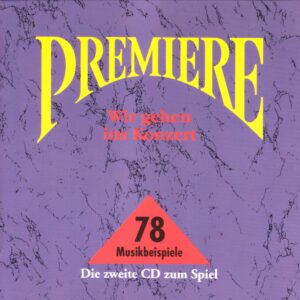
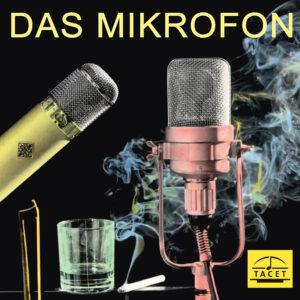


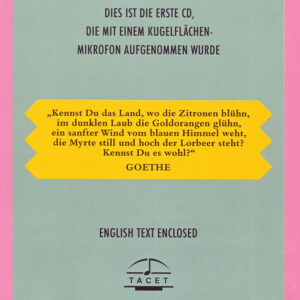
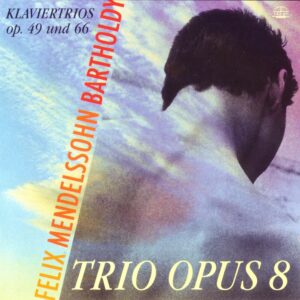
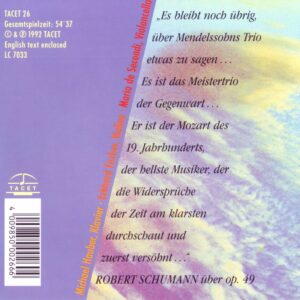
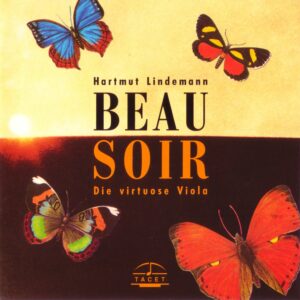
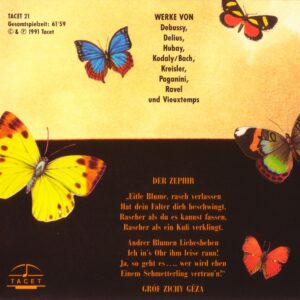
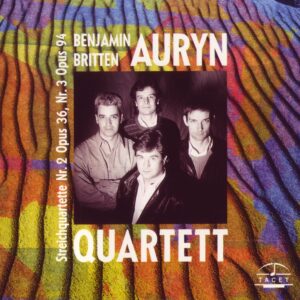
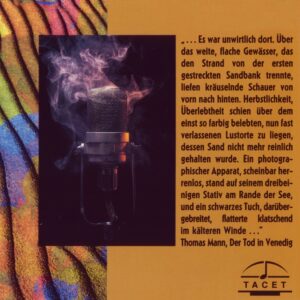
Fono Forum –
While most recordings of Brahms’ piano trios fit onto just two CDs, the Abegg Trio approaches its edition with meticulous philological precision. In this newly released fourth installment, they include both the second version of the Clarinet Trio, Op. 114, and the posthumously published version of the A-major Trio. The three members of the Abegg Trio, joined by clarinetist Martin Spangenberg, perform with equal parts determination and poetry. The result is an impression of balanced detail and fully realized Romantic expression. The sound quality in the piano trio makes the instruments—despite their good balance—seem a bit too distant, creating the impression of a large concert hall. In contrast, Opus 114 sounds significantly more immediate and present.
Christoph Vratz
Klassik heute –
Klassik-heute – Highest Rating
This recording of the Piano Trios Op. 114 (with clarinet) and A-major Op. posth. is, in many respects, far more than just a high-quality reproduction of inherited treasures from the official and semi-official estate of a great composer. First and foremost, we must congratulate the Abegg Trio—Ulrich Beetz, Birgit Erichson, and Gerrit Zitterbart—for maintaining their unchanged lineup for 30 years, a rare milestone in chamber music. In 2006, the ensemble celebrated this extraordinary anniversary, calling to mind legendary groups like the Quartetto Italiano, Beaux Arts Trio, or Trio di Trieste, where similarly enduring collaborations among strong artistic personalities are equally rare. Congratulations from here! A second aspect that makes this edition particularly compelling—and elevates it above the standard Brahms recordings—is the choice of instruments. Extensive research was conducted (similar to their recordings of the Horn Trio and the sextet arrangement) to find period-appropriate instruments from the time these works were composed. With the support of Gert Hecher, they secured two grand pianos from the Viennese workshop of Johann Baptist Streicher, built in 1851 and 1876. These instruments feature Viennese action and leather-covered hammers, the same type Brahms himself owned, which likely influenced his compositions. The string instruments are by Lupot (1821) and Castagnieri (1747), while the clarinet is a replica of the instrument used by Richard Mühlfeld, Brahms’ "house clarinetist." As Gerrit Zitterbart notes in the liner notes, this Ottensteiner-built clarinet has "a different key mechanism and tonal characteristics compared to later clarinet systems." These are ideal, outstanding conditions for interpretations rich in color, nuance, and expressive depth. The trio performs with virtuosity in the sense of responsible vitality, attentive to the mutual demands and concessions of their musical dialogue, whether in ensemble passages or temporary solo moments. Their approach reflects the internal vitality of these two works—powerful and elegant—which mark the beginning and end of Brahms’ chamber music endeavors.
Peter Cossé
Pforzheimer Zeitung –
In the more than 30 years of its existence, the Abegg Trio has earned an excellent reputation through its many distinguished recordings. Its acclaim rests not only on the consistency of its ensemble playing, but also on its keen interest in stylistic developments. The fourth installment of the Brahms trios is now available, presenting the posthumously published A major Trio alongside the Clarinet Trio, Op. 114. This CD also reflects the Abegg musicians’ growing engagement with historical performance practice: Ulrich Beetz plays a Nicolas Lupot violin strung with gut strings, Birgit Erichson’s cello was built by Andrea Castagnieri, Gerrit Zitterbart performs on Viennese fortepianos, and clarinetist Martin Spangenberg commissioned a copy of the instrument used by Mühlfeld—the original soloist and Brahms’s inspiration.
Beyond the intended historical framing, however, it is the ensemble’s assured interplay and tonal refinement that make the pairing of the early piano trio—whose authenticity is still debated and which probably dates from 1853—with the last trio so compelling to hear.
zw
Musik und Theater –
Transfiguration with a human touch
Among the works for clarinet that Johannes Brahms composed in his old age, the Trio Op. 114 is the least accessible. Whistling along—something quite possible with the Quintet—is unthinkable here. And yet each movement has form and character, is concise, and connected with musical logic. Rather than being songlike and melodic, the music is speech-like and, as the booklet author Jan Reichow compellingly shows, linked to the German Requiem and the Four Serious Songs. The underlying theme of death that resonates here does not darken the Trio; instead, it radiates a kind of bliss. This feeling is also thanks to the performers: the Abegg Trio and clarinetist Martin Spangenberg. The third movement, an Andantino grazioso, in particular, sets luminous heights against deep, calm basses. One inevitably hears hope interwoven with the voice of profound experience. The Streicher fortepiano played by Gerrit Zitterbart mirrors this with its nostalgically shimmering treble and light, glistening bass register. Spangenberg’s clarinet playing has lost neither its human touch nor its grounding. That is essential amid so much transfiguration and allows Brahms’s underlying song to come through. A pity that the cello is somewhat obscured by the reverberant acoustics. Also included on this outstanding CD is the A major Piano Trio, discovered in 1924 and of disputed authorship.
Benjamin Herzog
Classica –
With clarinetist Martin Spangenberg, the Abegg Trio concludes its exhaustive survey of Brahms’s trios with this fourth volume, which brings together the Trio Op. 114 for piano, clarinet, and cello, and the (apocryphal?) A major Trio of 1853. The sheer sonic beauty of the period instruments contributes fully to the unembellished, authentic expression of Op. 114.
One may, however, reproach the ensemble for an interpretation that errs on the side of excessive restraint, which somewhat undermines the outer movements, where the overall architecture is not always fully conveyed. As for the youthful Trio attributed to Brahms, the musicians advocate for it with conviction—though doubts remain: it is far removed from Opus 8.
Antoine Mignon
_________________________________
Original Review in French language:
Le Trio Abegg avec Martin Spangenberg à la clarinette termine son intégrale exhaustive des trios de Brahms avec ce quatrième volume regroupant le Trio op. 114 pour piano clarinette et violoncelle et le trio (apocryphe?) en la majeur de 1853. La pure beauté sonore des instruments d’époque participe pleinement à l′expression juste de l′Opus 114, sans fioriture. On reprochera toutefois à l′ensemble une trop grande sagesse d′interprétation qui pénalise les mouvements extrêmes pour lesquels on perd quelque peu l’architecture générale. Quant au trio de jeunesse supposé de Brahms les musiciens le défendent avec conviction, bien que le doute persiste: on est loin de l’Opus 8.
Antoine Mignon
Pizzicato –
The Abegg Trio performs with the maturity that comes from more than 30 years of making music together. Here, in their ever-growing pursuit of authenticity, they interpret what may well be Brahms’s very first piano trio alongside his last and magnificent Clarinet Trio. Martin Spangenberg plays a clarinet closely modeled on the instrument used by Richard Mühlfeld, the clarinetist who inspired Brahms to write several of the most beautiful works in the Romantic repertoire, including the Quintet Op. 115 and the Sonatas Op. 120.
Together with him, the Abegg Trio performs the Trio Op. 114 with the rhythmic discipline and restrained lyricism already familiar from their earlier recordings, while still offering a passionate reading of the final Allegro. In the posthumous A major Trio, however, they give themselves over to a joyful outpouring full of hope, demonstrating admirable mastery and a remarkable palette of colors on these period instruments.
itb
______________________________
Original Review in French language:
Le Trio Abegg s′exprime avec la maturité que confère plus de 30 ans de travail en commun. Les voici, dans un souci d′authenticité toujours croissant, interprétant ce qui pourrait bien être le premier opus en trio de Brahms, aux côtés de son dernier et superbe Trio avec clarinette. Martin Spangenberg joue donc sur une clarinette qui ressemble de près à l′instrument dont se servait Richard Mühlfeld, le clarinettiste qui inspira à Brahms plusieurs des plus belles pages du répertoire romantique, dont le Quintette op. 115 et les Sonates op. 120. En sa compagnie, le Trio Abegg interprète le Trio op. 114 avec le sérieux rythmique et le lyrisme contrôlé que l′on avait pu apprécier dans leurs enregistrements précédents, rendant pourtant une lecture passionnée de l′Allegro final. Dans l′oeuvre op. posthume, toutefois, ils se laissent aller à un épanchement joyeux et plein d′espérance, affichant avec une maîtrise et une palette de couleurs admirables sur ces instruments anciens. itb
Ensemble –
The musical illumination is magnificent—vivid, and full of suspense in its agogic flexibility. The phrasing is so wonderfully rich in color that one is compelled to return to the Trio again and again. The posthumous A major Trio, on the other hand, once again reveals the masterful blending of the three players with their period instruments, which in this seldom-performed work comes across with striking acuity and fiery energy. Despite more than 30 years of making music together, one still has the impression that this ensemble plays with unabated joy. Bravo!
Carsten Dürer